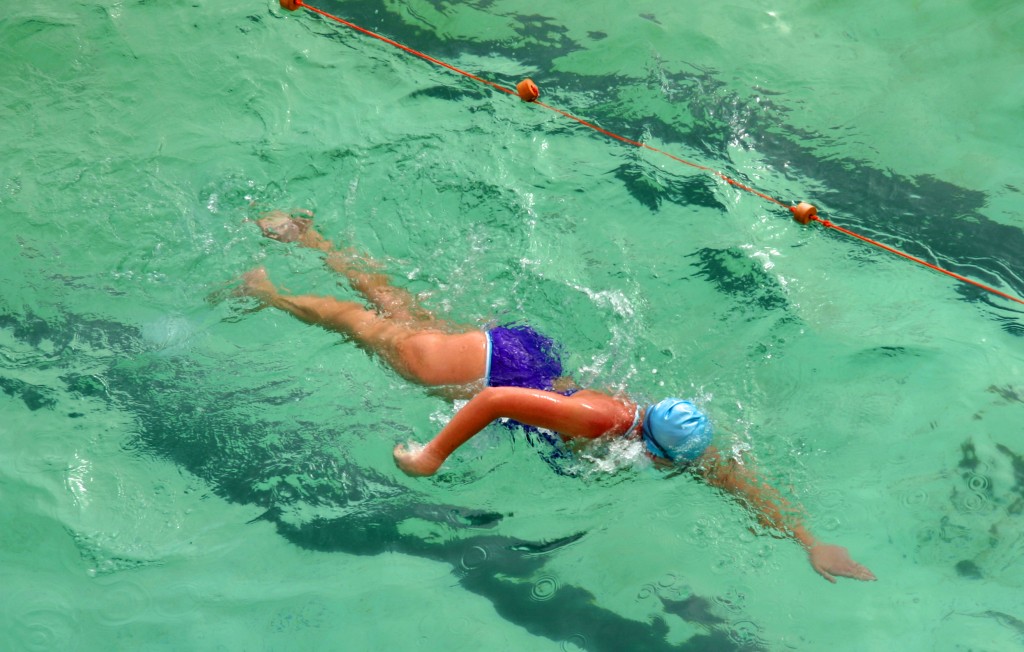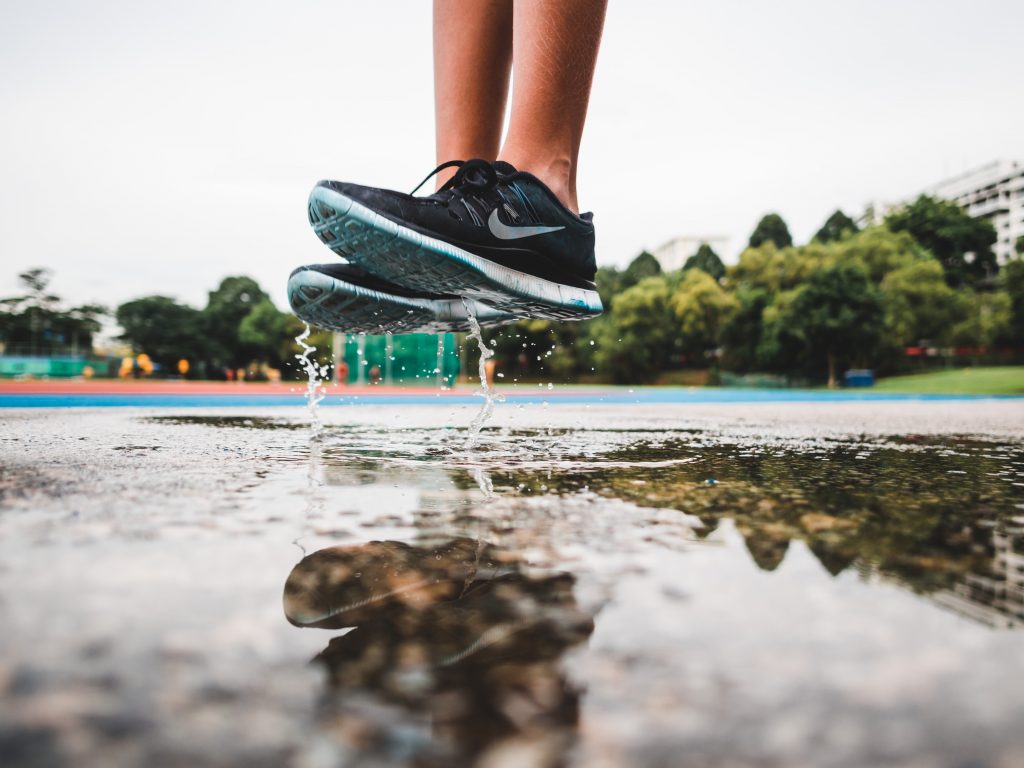
The Most Important Part of Your Fitness Program
Photo Credit: Ian Sanderson, via Flickr Creative Commons
Rest and recovery are both overlooked and underestimated parts of a safe and effective exercise routine. Our bodies are wonderfully dynamic. They are able to withstand tremendous amounts of physical stress such as marathon running, football or long days of physical work, and then bounce back the next day. Yet without proper rest and recovery, physical challenges to our bodies will begin to take a negative toll.
To get the maximum benefit from the effort and time you spend exercising, rest and recovery need to be an integral part of your fitness program. The more time you spend exercising or the higher the intensity of your exercise routine, the greater your need will be for periods of rest and recovery periods. For instance, if you walk at a brisk pace for 30 minutes five to six times per week, you may need very little rest or days off. But if you’re training six or seven days a week, including cardio and strength training and maybe even run an occasional 5k or still compete in a tennis or basketball league, you will want to schedule days of rest and recovery.
What is Rest and Recovery?
Rest and recovery can simply mean decreasing or eliminating the intensity, time and frequency of exercise. Maybe your normal routine it to run five miles at a 5.0 mph pace. You may simply choose to walk three to five miles for a day or two. This will significantly reduce the overall workload on your body and give you the chance to recover from the more intense exercise days while still remaining active. This will allow your muscles to repair and recovery.
Muscle repair and recovery primarily occurs after exercise when your muscles release waste products from exercise such as lactate. Rest and recovery also help to promote blood flow and oxygen delivery to the muscles. This process promotes the replenishment of phosphocreatine stores, restoration of intramuscular pH (acid/base balance). It also helps to the regaining of muscle membrane potential, which is the balance between sodium and potassium exchanges inside and outside of cells. By allowing periods of rest and recovery these processes lead to restoring the physiological and chemical balance within our bodies. You’re muscles will love you for the rest – and when you come back a day or two later, they’ll stronger and you’ll feel more energetic.
Recovery is typically very light exercise at a much lower intensity than usual or days off. If you’re training for a sport or a race, a rest period may be a day or even a week of low or no physical activity. You could also replace a training day in the weight room with an hour in the pool.
Key Components of Rest and Recovery
Listen To Your Body
One of the simplest things you can do without a schedule for rest days is to listen to your body. If you’ve been exercising regularly without rest days and you encounter a day where you’re feeling run down, extra tired, sore and maybe even struggling to keep up with your normal workout, your body may be telling you something – I NEED A BREAK! Don’t avoid these symptoms of overtraining and take a day of rest, whether it’s active changing exercises or total rest. (See Ornish Living article, How to Prevent and Treat Overtraining)
Nutrition and Hydration
Full rest days or days that include active rest should provide a great opportunity to focus on proper hydration and nutrition, both of which are critical for recovery from the stressors of exercise. Proper nutrition and hydration immediately after an exercise session as well as during days of rest help to replenish vitamins, nutrients, carbohydrates and proteins essential for repair and health of muscles, tendons, ligaments and joints.
Sleep
A good night’s sleep (at least 8 hours) is critical to allow both your mind and body to recover from both the physical and psychological demands of exercise stress. (See Ornish Living articles, How to Get Your Most Restful Night of Sleep and Tips for a Good Night’s Sleep.)
Meditation and Yoga
Both meditation and yoga practices help to focus our attention inward, which allows us to better sense our body, how we feel and our need for rest and recovery. Adding time for meditation and yoga during our rest and recovery days is a way to effectively enhance this time as well as improve our energy level.
Massage
A 2005 study in the journal Sports Medicine found that massage has shown physiological, neurological and psychological benefits. Incorporating massage into your fitness plan will pay huge dividends. Massage will help to circulate blood and fluids into and out of the muscles and joints as well as circulate waste products from exercised muscles.
Regardless of your fitness level, age or exercise experience, periods of rest and recovery are critical for longevity, physical health, and effective exercise. If you don’t currently include any rest periods in your fitness program get started soon and reap the benefits. You body will respond wonderfully!
What steps do you take to incorporate rest and recovery into your fitness plan?









